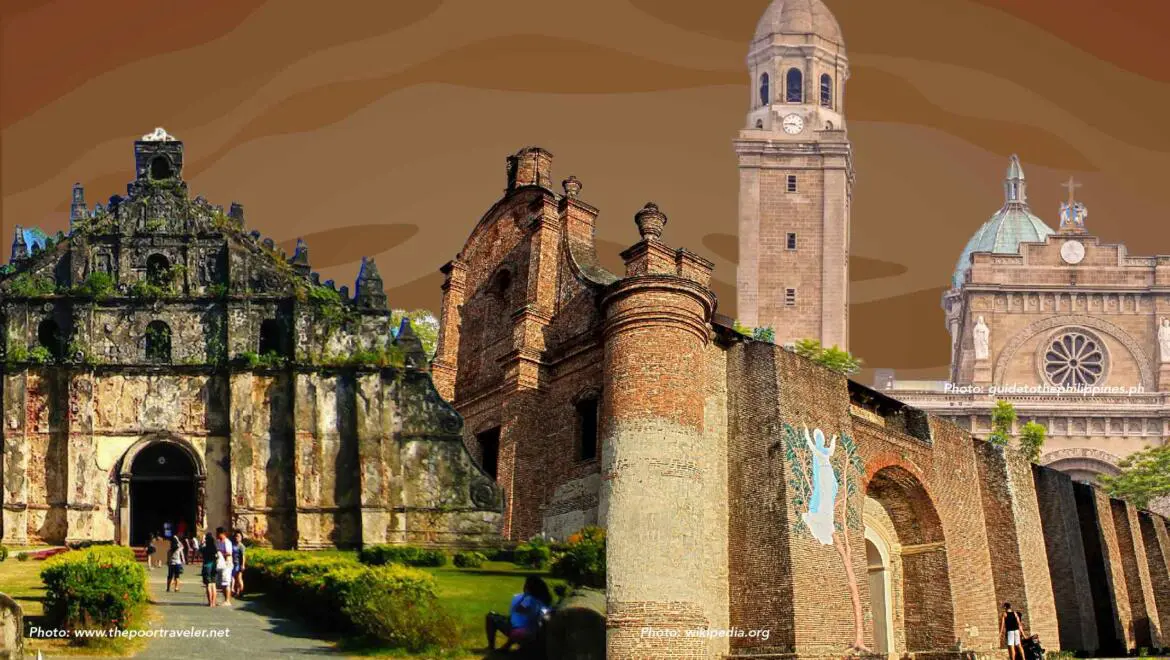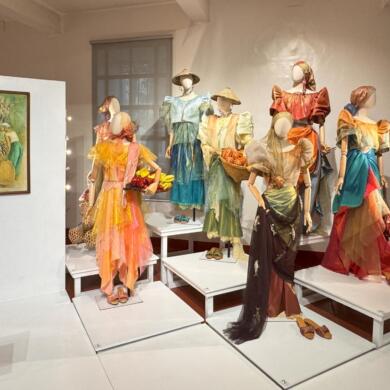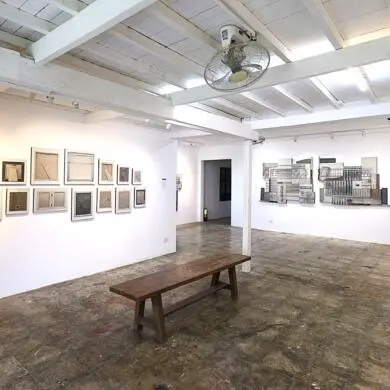Throughout history, churches have been built in various architectural styles, each reflecting the aesthetic and spiritual values of the time–a testament to the evolution of design, culture, and faith.
Byzantine Architecture, which developed in the Eastern Roman Empire, is known for its domed roofs, rich mosaics, and elaborate decoration. The Hagia Sophia in Istanbul, Turkey is a prime example of Byzantine architecture, with its massive dome and intricate interior decoration. It shows an extensive collection of mosaics covered up by a layer of plaster that the Ottoman Empire (14th to early 20th century) put up.
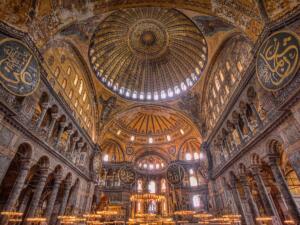
Hagia Sophia; Source: Flickr
Another style is Romanesque Architecture, which began in Europe in the 10th century. Romanesque churches are known for their thick walls and round arches, and the architectural style of Byzantine widely influenced that. These churches, such as the Manila Cathedral and Santa Cruz Parish Church, are known as two of the Romanesque churches in the Philippines.
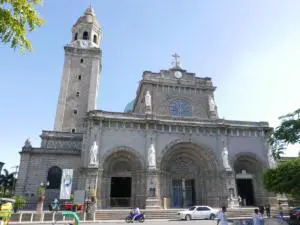
Manila Cathedral; Source: Medium
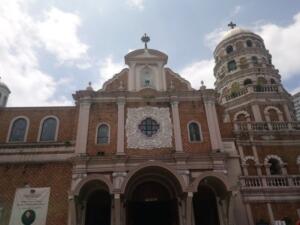
Santa Cruz Church; Source: Rence Chan
Gothic churches originated in medieval Europe from the mid-12th to the 16th century. They are known for their soaring spires, pointed arches, and intricate stone carvings. “Gothic” often refers to dark aesthetics, but the Gothic Architectural style is opposite. It was created to bring more sunlight into the church’s interiors. An example of a Gothic church in the Philippines is the San Sebastian Church, the only steel-building church in the Philippines.
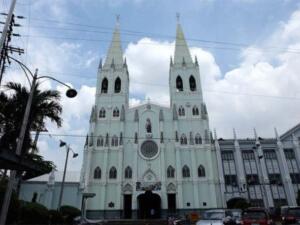
San Sebastian; Source: interaksyon
The Renaissance Architecture style started in Italy during the 15th century. It adopted some ideas from Gothic architecture and transformed it as society rediscovered various wonders of the ancient world. Many structures in the Philippines have imposed the Renaissance architecture style, such as Santa Maria Church, Paoay Church, and San Agustin Church.
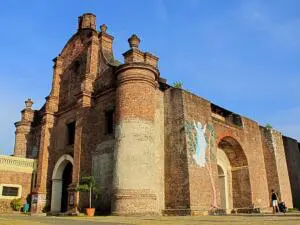
Santa Maria Church; Source: Wikipedia
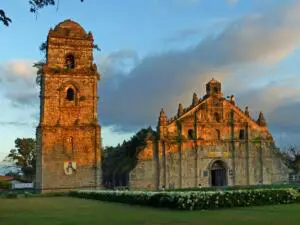
Paoay Church; Source: Flickr
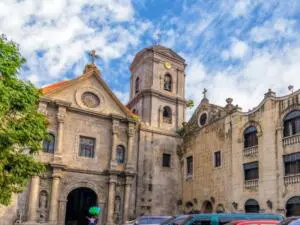
San Agustin Church; Source: Guide to the Philippines
The Baroque period began in the late 16th century and lasted until the early 18th century. It brought a new level of drama and aesthetics to church architecture. Baroque style has the essential elements of the Renaissance architecture and is improved with higher, more decorated, and more dramatic; these can be seen in the churches from the Philippines. such as Our Lady of Assumption Church, and Miagao Church.
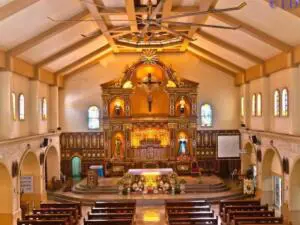
Our Lady of Assumption Parish; Source: Our Lady of Assumption Parish
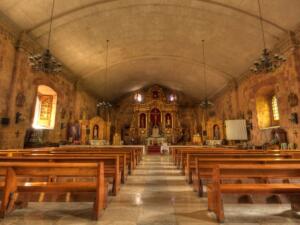
Miagao Church; Source: Flickr
In the Modern Era, which emerged in the late 19th century, simplicity and minimalism were the main concepts. Extravagant decorations aren’t necessary in this style. Buildings are simpler and cleaner. In this era, they adopted the Gothic style of incorporating sunlight into the churches. One example is the National Shrine of Our Mother of Perpetual Health, the Baclaran Church. This church follows a Modern Romanesque architectural style, with an inviting facade and arches that define its interiors.
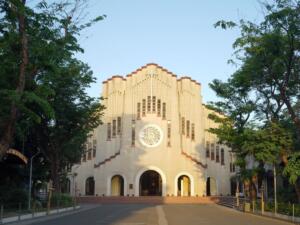
Baclaran Church; Source: Baclaran Church
— Toby Denise Concepcion
Source: Rethinking the Future and Churchgoers
Main Photo Collage: Jilardon Bamba

